Well May We Say: The speeches that made Australia
Black Inc., $34.95 pb, 587 pp
Powerful Antidotes
According to the conventional wisdom, Australians are not overly fond of official orations. Russel Ward’s so-called ‘typical Australian’ was ‘taciturn rather than talkative’, and John La Nauze, biographer of Alfred Deakin, noted that Australians were ‘inclined to associate sophisticated speaking with condescension or insincerity’. Alfred Deakin’s eloquence, he added, was ‘surpassingly rare’ in Australia. For Robin Boyd, it was probably just as well, for when Australians deigned to open pursed lips it revealed not only bad teeth, but ‘worse words’. The appearance of these two collections of Australian speeches – and another is due for release shortly, from Melbourne University Press – flies in the face of this orthodoxy. And it buries the myth that public cynicism towards political speechmaking – for politicians dominate both collections – has reached such stratospheric heights that we would all prefer a quiet doze than be subject even to an exuberant flight of rhetoric. Clearly, no matter how often speeches are spurned as chronic windbaggery, they retain the capacity to give meaning to the life of the nation and the affairs of state.
These two works claim to represent far more than the cream of the Australian rhetorical crop. Implicit in their very appearance is the view that not only does the nation have a distinctive rhetorical tradition but one that is worth preserving and celebrating. As their titles suggest, these are the speeches that have ‘made’ Australia and ‘shaped our nation’. One can almost hear the collective sigh of relief: Australia at last, has a rhetorical pantheon of its own. Yet the publication of these two volumes at this particular point in the nation’s history invite both exploration and explanation. Why now? What has happened to overturn Australians’ suspicion of grand phrases and great visions? I suggest that it is not a new-found appreciation for stirring rhetoric but the sense that until now something has been lacking in Australian culture, and that the absence of an appreciation for the spoken word and its capacity to inform an understanding of the nation’s past has been interpreted by some as a mark od immaturity in national life. It is as if Australian’s inability to claim a distinctive nationalism of their own has for too long obstructed an appreciation for those words that told a different story: of a nation that has embraced mostly incremental, rather than radical, change. When Gough Whitlam argued in 1973 that Australia had a past that was ‘deficient in turbulent events in the civil convulsions and upheaval that provide for older civilisations a focus for nationalistic fervour and popular emotion’ it was cause for confidence rather than concern.
This underlines the importance of Sally Warhaft’s claim in her finely crafted introduction to Well May We Say: The speeches that made Australia, that while Australia might on the surface be a land beholden to the more economical forms of expression, nevertheless it may well conceal a ‘cautious yearning’ for words and rhetoric. It is this very caution that defines the Australian difference. Unable to claim for themselves a Lincolnesque or Churchillian stream of rhetoric, Australians have more often preferred the practical to the providential. But they have, on occasion, found the right words to persuade, cajole harangue and even to move.
Since both these collections claim to be the vocal barometer of national life and progress, it might well be asked to what extent the speeches included here reflect the changing dimensions of Australian nationhood. On that score, it is instructive to note that few of the speeches featured are taken from ceremonial occasions such as Australia Day or Empire Day, and that there are only two from the 1988 Bicentenary celebrations. No politician’s speech from the Centenary of Federation makes the grade, but several lectures given by public intellectuals do, suggesting that the political class failed to communicate the significance of the event or to ponder its meaning for the future. Clive James’s Anzac Day address of 1988 is included, but Paul Keating’s eulogy for the Unknown Australian Soldier on Remembrance Day 1993 is not – a puzzling omission.
The lack of ceremonial rhetoric featured here is in itself suggestive. Australia, at least until the 1960s, was far more adept in using its commemorative occasions to proclaim its Britishness. Even Anzac Day was seen as a means of celebrating the nation’s worthiness as a valued and trusted member of the British race which had answered the blood call of sacrifice. But with the collapse of Britishness as a defining idea in Australia’s political culture, no new means of defining the nation immediately sprang forth to fill the void. Australia Day speeches in the late 1960s and early 1970s were notable for their almost total inability to project a new version or myth of the Australian identity. Perhaps this explains why few speeches here deal with the demise of the British race patriot ideal and the emergence of multiculturalism as the orthodox way of defining national community: the language in the midst of this transition was awkward and jumbled. And those hoping to find key speeches that chart the changing way in which Australians have viewed the world, and the region of which they are a part, will have to look elsewhere. Apart from involvement in war, discussion of, and debate over, the nation’s place in the world docs not feature prominently in either collection.
Sally Warhaft is all too aware of the near-Herculean task in convincing Australians that their history has provided word, to cherish, savour and instruct. But her collection is rich in its diversity and judicious in its selection – an impressive achievement. Her selection is divided into nine themes: Nation; Australia at War; Politics; Great Debates; Indigenous Affairs; Attacks; Scandals and Controversies; Ideas and Inspiration; Openings and Commencements; and Last Words and Farewells. All the usual suspects are heard: Henry Parkes’s ‘Crimson thread of kinship’, Andrew Fisher’s ‘Last man and last shilling’, Robert Menzies’ ‘Forgotten people’, Harold Holt’s ‘All the way with LBJ’ and Malcolm Fraser’s ‘Life wasn’t meant to be easy’. It is useful to have these classics in one volume, each with mostly perceptive introductory remarks, which provide brief details about the speaker and the context in which the speech was made. But, as always, unexpected or forgotten gems shine brightest. Robin Boyd’s hope for a ‘first-hand Australian failure rather than a second-hand success’ may have been answered by the adventures of Barry McKenzie, but his call for the cultivation of uniquely Australian ideas and cultural pursuits in the late 1960s is reflective of a broader mood amongst the nation’s elites at the time: that the time for the nation’s cultural liberation had finally come. Keating’s last speech as prime minister is that of a political leader reluctantly letting go the levers of power, a recessional in which the artist had one last chance to point his ‘big picture’. On that note, Hugh Mackay’s 2003 assessment that Australia needs both a ‘guiding story’ and a leader ‘explaining us to ourselves’ seems curiously obvious to the treatment meted our by the people to Keating as the last national storyteller, political o According to the conventional wisdom, Australians are not overly fond of official orations. Russel Ward’s so-called ‘typical Australian’ was ‘taciturn rather than talkative’, and John La Nauze, biographer of Alfred Deakin, noted that Australians were ‘inclined to associate sophisticated speaking with condescension or insincerity’. Alfred Deakin’s eloquence, he added, was ‘surpassingly rare’ in Australia. For Robin Boyd, it was probably just as well, for when Australians deigned to open pursed lips it revealed not only bad teeth, but ‘worse words’. The appearance of these two collections of Australian speeches – and another is due for release shortly, from Melbourne University Press – flies in the face of this orthodoxy. And it buries the myth that public cynicism towards political speechmaking – for politicians dominate both collections – has reached such stratospheric heights that we would all prefer a quiet doze than be subject even to an exuberant flight of rhetoric. Clearly, no matter how often speeches are spurned as chronic windbaggery, they retain the capacity to give meaning to the life of the nation and the affairs of state.
These two works claim to represent far more than the cream of the Australian rhetorical crop. Implicit in their very appearance is the view that not only does the nation have a distinctive rhetorical tradition but one that is worth preserving and celebrating. As their titles suggest, these are the speeches that have ‘made’ Australia and ‘shaped our nation’. One can almost hear the collective sigh of relief: Australia at last, has a rhetorical pantheon of its own. Yet the publication of these two volumes at this particular point in the nation’s history invite both exploration and explanation. Why now? What has happened to overturn Australians’ suspicion of grand phrases and great visions? I suggest that it is not a new-found appreciation for stirring rhetoric but the sense that until now something has been lacking in Australian culture, and that the absence of an appreciation for the spoken word and its capacity to inform an understanding of the nation’s past has been interpreted by some as a mark od immaturity in national life. It is as if Australian’s inability to claim a distinctive nationalism of their own has for too long obstructed an appreciation for those words that told a different story: of a nation that has embraced mostly incremental, rather than radical, change. When Gough Whitlam argued in 1973 that Australia had a past that was ‘deficient in turbulent events in the civil convulsions and upheaval that provide for older civilisations a focus for nationalistic fervour and popular emotion’ it was cause for confidence rather than concern.
This underlines the importance of Sally Warhaft’s claim in her finely crafted introduction to Well May We Say: The speeches that made Australia, that while Australia might on the surface be a land beholden to the more economical forms of expression, nevertheless it may well conceal a ‘cautious yearning’ for words and rhetoric. It is this very caution that defines the Australian difference. Unable to claim for themselves a Lincolnesque or Churchillian stream of rhetoric, Australians have more often preferred the practical to the providential. But they have, on occasion, found the right words to persuade, cajole harangue and even to move.
Since both these collections claim to be the vocal barometer of national life and progress, it might well be asked to what extent the speeches included here reflect the changing dimensions of Australian nationhood. On that score, it is instructive to note that few of the speeches featured are taken from ceremonial occasions such as Australia Day or Empire Day, and that there are only two from the 1988 Bicentenary celebrations. No politician’s speech from the Centenary of Federation makes the grade, but several lectures given by public intellectuals do, suggesting that the political class failed to communicate the significance of the event or to ponder its meaning for the future. Clive James’s Anzac Day address of 1988 is included, but Paul Keating’s eulogy for the Unknown Australian Soldier on Remembrance Day 1993 is not – a puzzling omission.
The lack of ceremonial rhetoric featured here is in itself suggestive. Australia, at least until the 1960s, was far more adept in using its commemorative occasions to proclaim its Britishness. Even Anzac Day was seen as a means of celebrating the nation’s worthiness as a valued and trusted member of the British race which had answered the blood call of sacrifice. But with the collapse of Britishness as a defining idea in Australia’s political culture, no new means of defining the nation immediately sprang forth to fill the void. Australia Day speeches in the late 1960s and early 1970s were notable for their almost total inability to project a new version or myth of the Australian identity. Perhaps this explains why few speeches here deal with the demise of the British race patriot ideal and the emergence of multiculturalism as the orthodox way of defining national community: the language in the midst of this transition was awkward and jumbled. And those hoping to find key speeches that chart the changing way in which Australians have viewed the world, and the region of which they are a part, will have to look elsewhere. Apart from involvement in war, discussion of, and debate over, the nation’s place in the world docs not feature prominently in either collection.
Sally Warhaft is all too aware of the near-Herculean task in convincing Australians that their history has provided word, to cherish, savour and instruct. But her collection is rich in its diversity and judicious in its selection – an impressive achievement. Her selection is divided into nine themes: Nation; Australia at War; Politics; Great Debates; Indigenous Affairs; Attacks; Scandals and Controversies; Ideas and Inspiration; Openings and Commencements; and Last Words and Farewells. All the usual suspects are heard: Henry Parkes’s ‘Crimson thread of kinship’, Andrew Fisher’s ‘Last man and last shilling’, Robert Menzies’ ‘Forgotten people’, Harold Holt’s ‘All the way with LBJ’ and Malcolm Fraser’s ‘Life wasn’t meant to be easy’. It is useful to have these classics in one volume, each with mostly perceptive introductory remarks, which provide brief details about the speaker and the context in which the speech was made. But, as always, unexpected or forgotten gems shine brightest. Robin Boyd’s hope for a ‘first-hand Australian failure rather than a second-hand success’ may have been answered by the adventures of Barry McKenzie, but his call for the cultivation of uniquely Australian ideas and cultural pursuits in the late 1960s is reflective of a broader mood amongst the nation’s elites at the time: that the time for the nation’s cultural liberation had finally come. Keating’s last speech as prime minister is that of a political leader reluctantly letting go the levers of power, a recessional in which the artist had one last chance to point his ‘big picture’. On that note, Hugh Mackay’s 2003 assessment that Australia needs both a ‘guiding story’ and a leader ‘explaining us to ourselves’ seems curiously obvious to the treatment meted our by the people to Keating as the last national storyteller, political oblivion.
Rod Kemp and Marion Stanton’s task was equally Herculean, but in a different sense. In contrast to Warhaft, whose broad selection is premised on the basis that ‘radio, television and reporting devices have…become a sort of Hansard of the everyday’, Kemp and Stanton have attempted to extract the most significant speeches from that voluminous body that is the parliamentary Hansard. Their approach is almost necessarily chronological, spanning debates from the Immigration Restriction Act, through arguments over free trade or protection, conscription for military service during World War I, the Petrov affair, the Vietnam War, human stem-cell research and Iraq. Those fearing the emaciation of the editorial scalpel will find comfort in the knowledge that the full transcript of each speech appears on a website specifically established to support the publication. But it is ultimately for the reader to decide how to use such a collection. Simon Crean’s welcome to President Bush on his visit to Australia in November 2003 deftly balanced Labor’s longstanding support for the alliance with its disagreement over coalition military action in Iraq, and drew direct lineage from Labor Leader Arthur Calwell ‘s magisterial speech in May 1965 outlining Labor’s opposition to the commitment of Australian troops to Vietnam. Not surprisingly, speechwriter Graham Freudenberg had a hand in both speeches. Similarly, readers are left free to compare the liberal internationalist arguments employed by Bob Hawke to commit Australian forces to the ousting of Saddam Hussein from Kuwait in 1990 with those of John Howard in 2003: a decision to join a war motivated by the Bush doctrine of universalist unilateralism that was justified by an appeal to the ‘national interest’ – defined primarily in terms of Australia’s alliance with the US. Bill O’Chee’s response to Pauline Hanson’s maiden speech reflects the vast gulf that still exists between those who accept multiculturalism as the national orthodoxy – note his reference to ‘our Anzacs’ – and those who cling to the idea of ‘One Australia’, a phrase that John Howard had made his own in the late 1980s.
One virtue of Australians’ traditional cynicism towards politics and political language is that it has pricked the bubble of pretension that habitually adorns American politics, especially the presidential campaign variety. But such cynicism goes too far when it detracts from the importance and influence of ideas in Australian national life. These collections are a powerful antidote to that particular cringe.





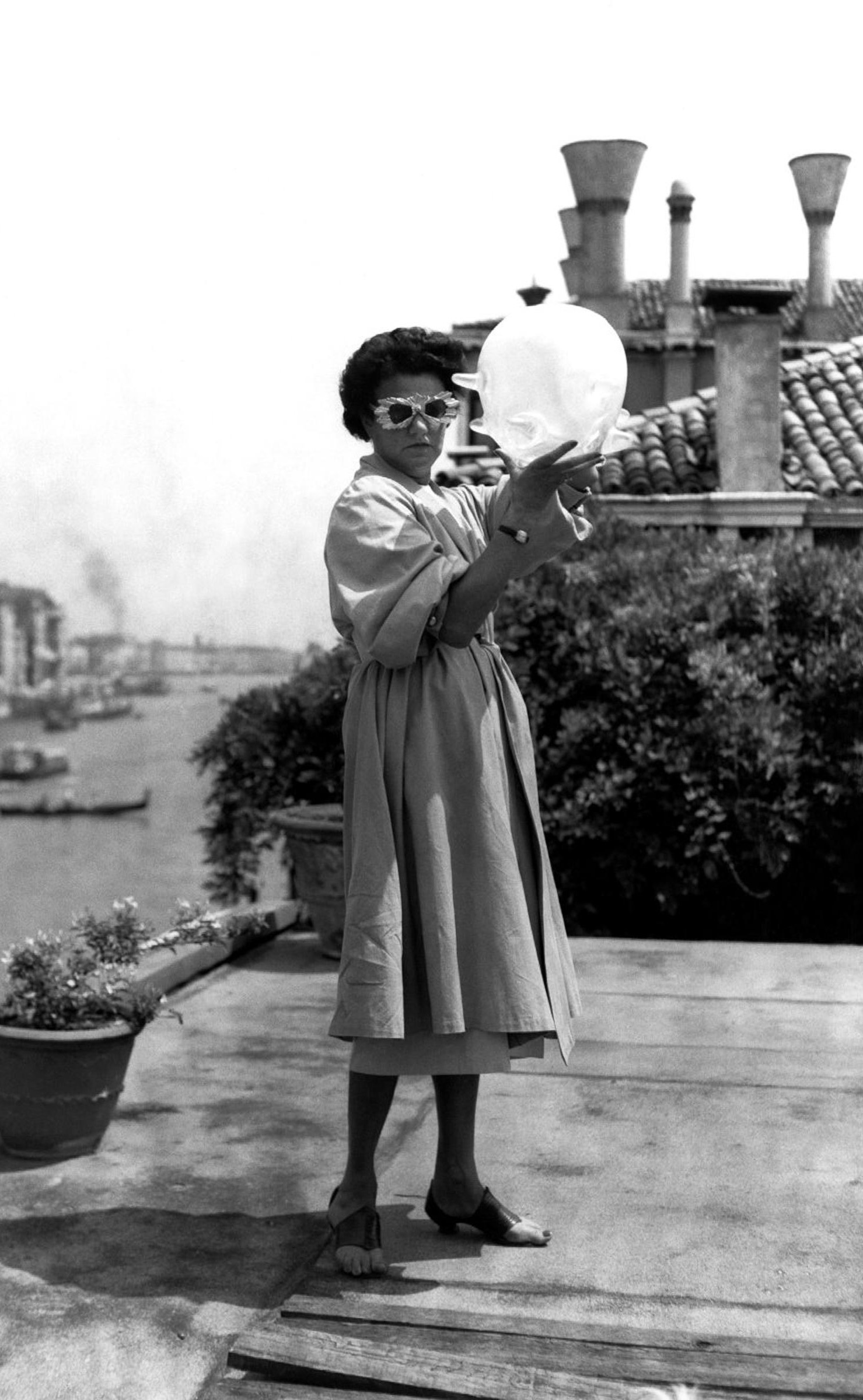
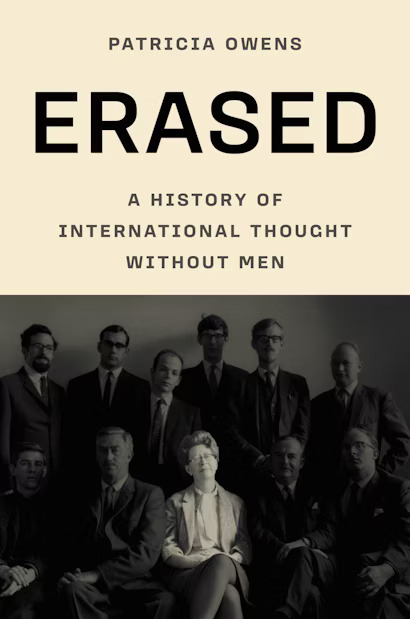
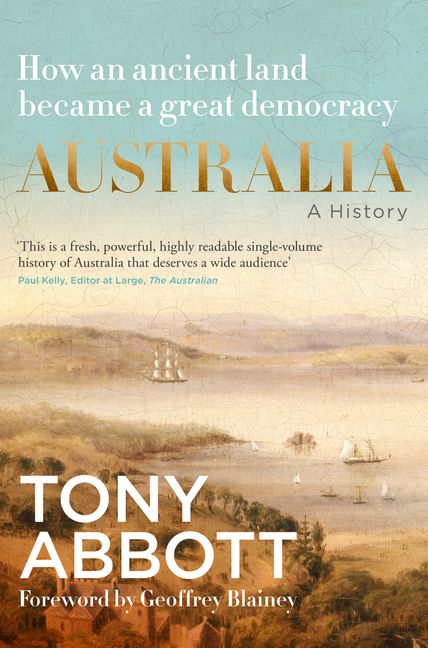
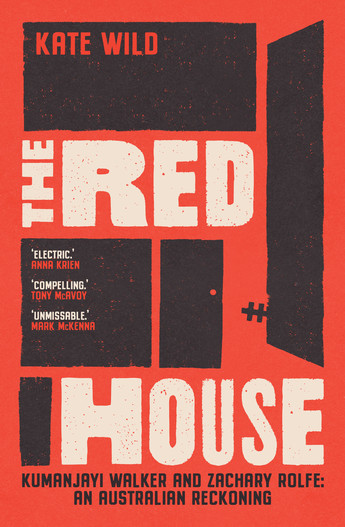

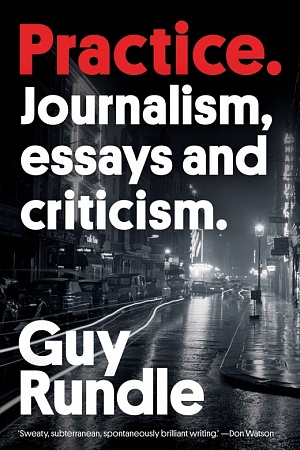


Leave a comment
If you are an ABR subscriber, you will need to sign in to post a comment.
If you have forgotten your sign in details, or if you receive an error message when trying to submit your comment, please email your comment (and the name of the article to which it relates) to ABR Comments. We will review your comment and, subject to approval, we will post it under your name.
Please note that all comments must be approved by ABR and comply with our Terms & Conditions.